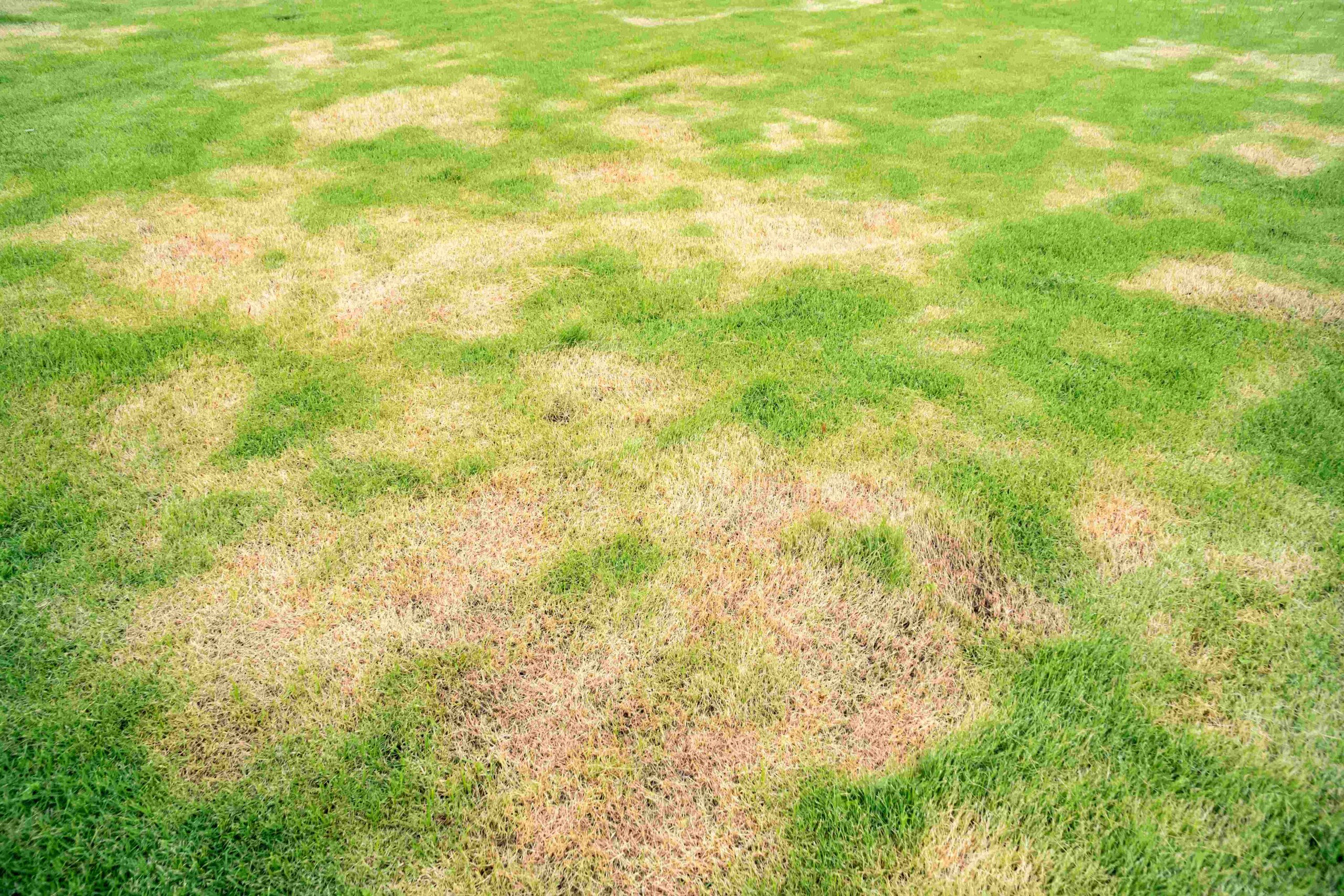A lush, green lawn is the hallmark of a great home or business landscape, but maintaining that pristine appearance can sometimes be a challenge. Dead spots on your grass can arise due to a variety of reasons such as pet urine, heavy foot traffic, pest infestations, or disease. Fortunately, repairing these patches is not only possible; it's also affordable and straightforward with the right approach. Here, we'll guide you through the simple steps you can take to rejuvenate your lawn, turning those unsightly patches of dead grass into thriving green spaces once again.
Understanding the Causes of Dead Grass
Before you begin the repair process, it's crucial to identify what's causing the dead spots. Some common culprits include:
-
Drought Stress: Inadequate watering can leave your lawn vulnerable to dry patches.
-
Nutrient Deficiency: Poor soil health can inhibit grass growth and lead to patchiness.
-
Pest and Disease: Grubs, fungus, and other pests can damage your lawn.
-
Physical Damage: From pets, children playing, or even gardening tools.
By pinpointing the specific issues affecting your lawn, you can address them directly during the repair process, ensuring a lasting solution rather than just a temporary fix.
Step 1: Preparing the Area
The first step in repairing dead grass spots is to prepare the affected area:
-
Remove Dead Grass: Use a garden rake or shovel to remove the dead grass and any debris to expose the soil.
-
Loosen the Soil: Break up the soil using a rake or hand trowel. This helps the new seeds integrate better and access nutrients and water more effectively.
-
Test Soil Quality: It might be beneficial to perform a soil test to check for deficiencies. Adjust the soil as needed based on the test results, adding necessary nutrients or amendments.
Step 2: Choosing the Right Grass Seed
Selecting the appropriate grass seed is critical to ensuring that it matches the rest of your lawn and adapts well to the local climate in Fort Worth:
-
Match the Existing Lawn: Make sure the new grass seed matches the type of grass that is already established in your yard.
-
Consider the Environment: Choose seed varieties that are drought-resistant or shade-tolerant if those conditions exist in your yard.
Step 3: Seeding
With your area prepped and the right seed in hand, it’s time to seed:
-
Spread the Seeds: Evenly distribute the seeds over the prepared soil. Use a spreader if available, or your hand for smaller areas.
-
Light Covering: Lightly rake the seeds into the top layer of the soil to ensure they are nestled in and protected.
-
Mulch: Covering the seeds with a thin layer of organic mulch can protect them from birds and reduce water loss.
Step 4: Watering and Maintenance
Proper watering is essential for new seed growth:
-
Water Gently: Use a fine spray to moisten the area thoroughly. Be consistent and avoid letting the seeds dry out.
-
Keep Traffic to a Minimum: Avoid walking on the newly seeded area until the grass has established itself.
-
Monitor Growth: Watch for signs of growth and any signs of returning problems such as pests or diseases.
Step 5: Ongoing Care
Once your grass starts to grow, maintaining the health of your lawn is key:
-
Regular Mowing: Keep the grass at an ideal height based on its type.
-
Fertilization: Apply a balanced fertilizer after about six weeks of growth to support robust development.
-
Continued Watering: Even after establishment, maintaining a proper watering schedule is crucial.
When choosing the best grass for your Texas lawn, it’s crucial to consider the unique climate and soil conditions of the region. Texas lawns need grass varieties that can withstand the heat and occasional drought conditions typical of the area. Some of the best grass types for Texas include Bermuda, Zoysia, St. Augustine, and Buffalo grass. Each of these has its own strengths, such as Bermuda's high drought tolerance and Zoysia's ability to thrive in both sun and moderate shade. St. Augustine grass is ideal for its ability to prosper in the warmer, humid zones of Texas, while Buffalo grass is well-suited for those looking for a low-maintenance option. At Clearfork Lawn Care, we utilize our extensive knowledge of these grass types to ensure that your lawn not only survives but thrives, reflecting the beauty and resilience of Texas landscapes.
At Clearfork Lawn Care, we’re not just about maintaining your landscape; we’re about enhancing it. If you’re tired of looking at unsightly dead spots on your lawn or if you're ready for a complete yard transformation, we’re here to help. Our expertise in landscape design and construction can make your Fort Worth yard the envy of the neighborhood. Contact Clearfork Lawn Care today to schedule a consultation, and let’s turn your lawn into a lush, vibrant outdoor living space. Remember, beautiful landscaping isn’t just our profession—it’s our passion!
